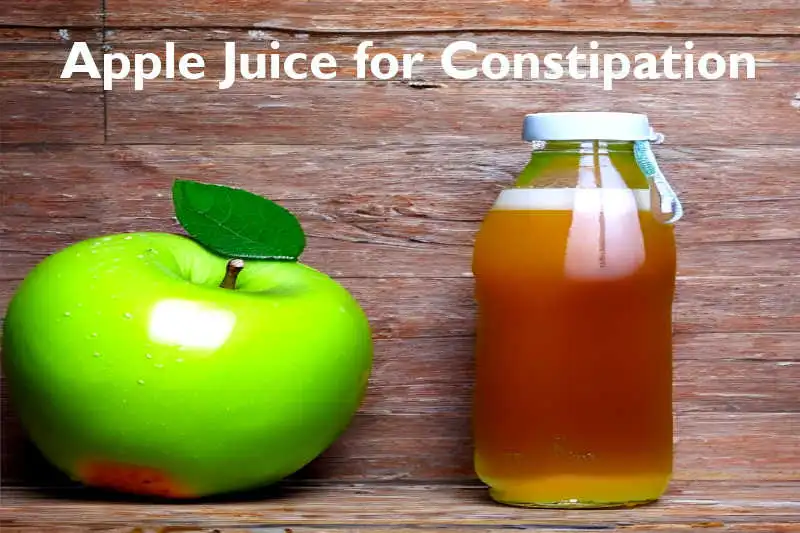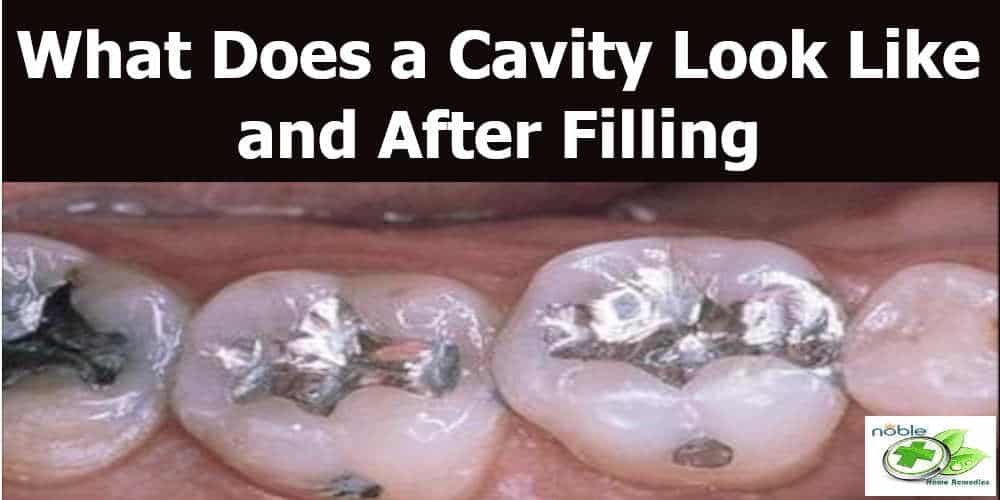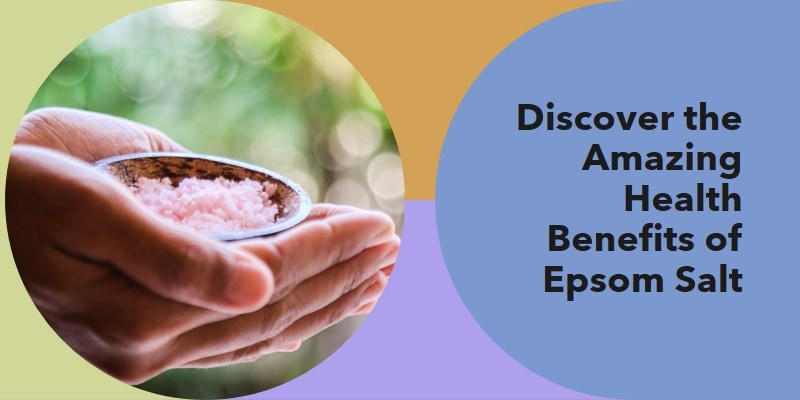Incredible Benefits of Exercising: Supercharge Your Life

Life can get pretty busy, can’t it? Between work, family, and everything that pops up, it might feel like there’s hardly any time left for you. And when you think about “exercise,” maybe your mind goes straight to intense gym sessions or long, sweaty runs, which can feel a bit overwhelming if you’re not used to it. But what if I told you that even small amounts of movement can make a huge difference in how you feel, both in your body and your mind?
Getting your body moving isn’t just about fitting into your favorite jeans or looking a certain way. It’s about boosting your energy, lifting your spirits, sleeping better, and even protecting yourself from many common health problems. If exercise could be put into a bottle, it would be the world’s best-selling medicine! Let’s explore the incredible benefits of exercising and how it can help you live a happier, healthier, and more vibrant life.
The Amazing Health Benefits of Exercising
Regular physical activity is one of the most important things you can do for your health, no matter your age or physical ability. It’s about feeling better, functioning better, and getting better sleep. So, what exactly happens when you start moving?
- Boosts Your Mood and Mental Well-being: Feeling a little down or stressed? Exercise can be a powerful pick-me-up. When you exercise, your brain releases special “feel-good” chemicals called endorphins. These chemicals can help ease feelings of stress, anxiety, and depression, leaving you feeling happier, more relaxed, and more positive. Even a short walk can brighten your day. Plus, feeling good about yourself and your appearance when you exercise regularly can boost your confidence.
- Sharpens Your Brain: The health benefits of exercise extend to your brain, too! Regular physical activity helps keep your thinking, learning, and judgment skills sharp as you age. It helps your brain grow new cells and improves the flow of blood and oxygen, which means your brain can work better. This can even reduce your risk of memory-related conditions like dementia.
- Strengthens Your Heart and Prevents Disease: Your heart is a muscle, and like any other muscle, it gets stronger with exercise. Regular physical activity improves blood flow throughout your body, which helps your heart work more efficiently. This can significantly lower your risk of serious conditions like heart disease, stroke, and high blood pressure. Exercise can also help manage blood sugar and insulin levels, reducing your risk of type 2 diabetes.
- Helps with Weight Management: If you’re looking to maintain a healthy weight or shed a few pounds, exercise is a crucial part of the puzzle. When you’re active, you burn calories, and the more intensely you move, the more calories you use. Combining regular exercise with a healthy diet is the most effective way to reach and stay at a healthy weight.
- Builds Stronger Bones and Muscles: Exercise is vital for building and keeping your bones and muscles strong. As we get older, we naturally lose muscle mass and bone density, but regular exercise, especially strength training, can slow down this process. Stronger bones reduce the risk of conditions like osteoporosis, and stronger muscles help you perform daily activities, prevent falls, and reduce the risk of injuries.
- Boosts Energy Levels and Stamina: It might seem strange, but moving your body makes you less tired! Regular physical activity improves your body’s ability to get oxygen and nutrients to your tissues, which means your heart and lungs work more efficiently. This gives you more energy to tackle your daily tasks and can reduce feelings of fatigue.
- Improves Sleep Quality: If you often find yourself tossing and turning, exercise might be your answer. People who exercise regularly tend to fall asleep faster, sleep more deeply, and wake up feeling more refreshed. Just be careful not to exercise too close to bedtime, as it can be energizing!
- Relieves Pain: For those dealing with ongoing pain, exercise can act as a natural painkiller. Regular physical activity can help soothe chronic conditions like lower back pain and arthritis by increasing your body’s pain tolerance and releasing those helpful endorphins.
- Enhances Your Sex Life Regular physical activity can improve energy levels, boost confidence about your physical appearance, and enhance blood flow, all of which can lead to a more satisfying sex life.
- Adds Years to Your Life: This is perhaps one of the most compelling workout benefits: studies show that being physically active can significantly reduce your risk of dying early from leading causes of death like heart disease and cancer. Even small increases in daily activity can make a difference.
The Benefits of Morning Workout: Starting Your Day Strong
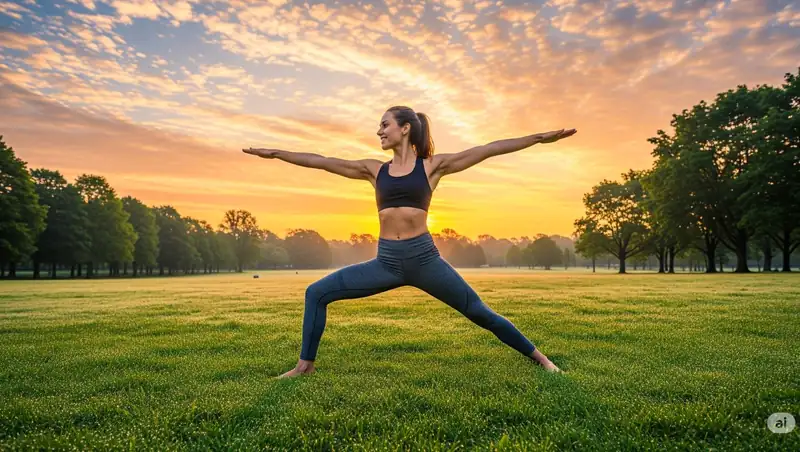
Have you ever noticed how some people just seem to have endless energy throughout the day? Often, they’re the ones who fit in a morning workout! Starting your day with exercise can have some truly special perks, setting a positive tone for the hours ahead.
- Fewer Distractions and Better Consistency: Mornings usually come with fewer interruptions. Your phone might not be ringing off the hook, and your to-do list hasn’t piled up yet. This makes it easier to stick to your exercise plans. When you get your workout done first thing, it’s checked off, and you don’t have to worry about finding time later or getting distracted. This consistency is key for long-term workout benefits.
- Instant Energy Boost: A benefit of exercise in the morning is an immediate surge of energy. Exercise gets your heart pumping, sending oxygen and nutrients to your muscles and brain. This jump-starts your body and helps you feel more awake and ready to take on the day.
- Improved Focus and Mental Clarity Exercise increases brain chemicals that are linked to better thinking, attention, and decision-making skills. By boosting these levels early, a morning workout can positively impact your focus and productivity for the rest of your day.
- Encourages Healthier Choices: Starting your day with a healthy activity can create a “ripple effect”. When you feel good after exercising, you’re often more motivated to make healthier choices throughout the day, like eating nutritious meals and staying active. Some studies even suggest you might crave unhealthy foods less after a morning workout.
- Metabolism Kickstart: Your body’s metabolism, which is how many calories it burns to function, slows down while you sleep. A morning workout can help kickstart your metabolism faster than a slow start to the day, potentially leading to more calories burned throughout the day.
- Better Sleep at Night: While it might seem contradictory, exercising in the morning can help you sleep better later. It helps regulate your body’s internal clock and can lead to deeper, more restful sleep.
- Pain and Stiffness Relief: Muscles and joints can sometimes feel stiff or achy after a night’s rest. Gentle morning stretches and movement can help loosen things up, improving flexibility and reducing discomfort throughout the day.
Tips for Becoming a Morning Exerciser: It takes time to build a new habit, so be patient with yourself!
- Start Small: Begin with just 5-10 minutes of activity, and gradually increase your time each week. Any movement is better than none.
- Prepare the Night Before: Lay out your workout clothes, fill your water bottle, and get everything ready so you have fewer decisions to make in the morning.
- Prioritize Sleep: You’ll need to go to bed earlier to get enough rest if you’re waking up earlier to exercise.
- Hydrate: Drink water first thing in the morning to rehydrate your body after sleep.
- Make it Enjoyable: Choose activities you genuinely like, whether it’s a brisk walk, a quick yoga routine, or some jumping jacks.
- Find an Accountability Partner: Exercising with a friend or joining a group can help you stay motivated.
Unique Workout Types and Their Physical Benefits
Beyond general exercise, certain activities offer specific physical benefits of exercise that might surprise you.
Trampoline Exercise Benefits: Bouncing Your Way to Better Health
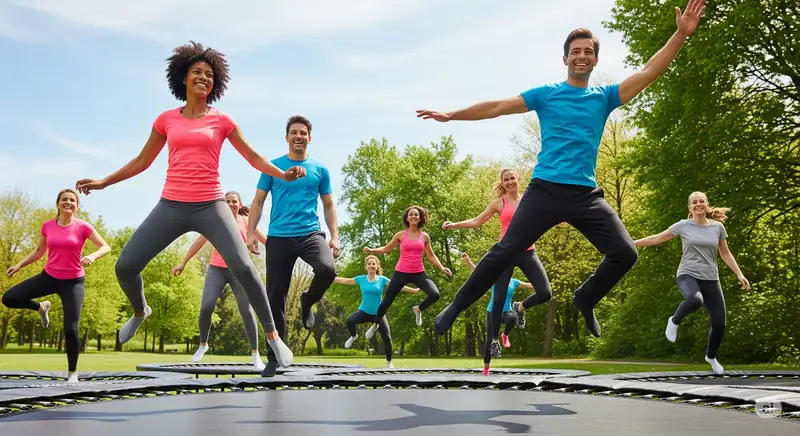
Remember the joy of jumping on a trampoline as a kid? It turns out, this fun activity, often called “rebounding,” offers serious trampoline exercise benefits for adults as well.
- Low Impact on Joints: One of the biggest advantages of trampolining is that it’s much gentler on your joints than activities like running. The trampoline’s bouncy surface absorbs most of the impact, protecting your ankles, knees, and spine from jarring forces. This makes it a great option if you have joint pain or are recovering from injuries.
- Boosts Lymphatic Flow and Detoxification: Your lymphatic system is like your body’s clean-up crew, getting rid of toxins and waste. Unlike your heart, your lymphatic system doesn’t have a pump; it relies on body movement. Rebounding is a full-body movement that can increase lymph flow by up to 15 times, helping your body detoxify and cleanse itself more effectively.
- Enhances Immune System Function: Because the lymphatic system is a key part of your immune system, improved lymph flow means a stronger defense against viruses, bacteria, and infections.
- Strengthens Bones and Muscles: The unique up-and-down motion on a trampoline, especially the “G-force” experienced, can help strengthen your bones and increase bone density. This helps prevent conditions like osteoporosis. Rebounding also engages many muscles simultaneously, from your abs and glutes to your legs and back, building overall strength.
- Improves Balance and Coordination: The act of bouncing on an unstable surface naturally stimulates the part of your inner ear that helps with balance. Consistent rebounding can significantly improve your balance, coordination, and motor skills, which is especially important as you age to reduce the risk of falls.
- Increases Oxygen Circulation and Cellular Energy: Rebounding can significantly increase the amount of oxygen your cells receive, which boosts cellular energy and can make you feel more energetic throughout the day. It’s even been used by NASA to recondition astronauts!
- Cardiovascular Health: Just like other aerobic activities, rebounding helps strengthen your heart and improve blood circulation, which are crucial for a healthy cardiovascular system.
- Stress Relief: The unique tensing and releasing of muscles during rebounding, along with the release of endorphins, can lead to a feeling of relaxation and significant stress relief. It’s a fun way to “jump for joy” and let go of tension.
Hula Hooping Benefits: More Than Just Child’s Play
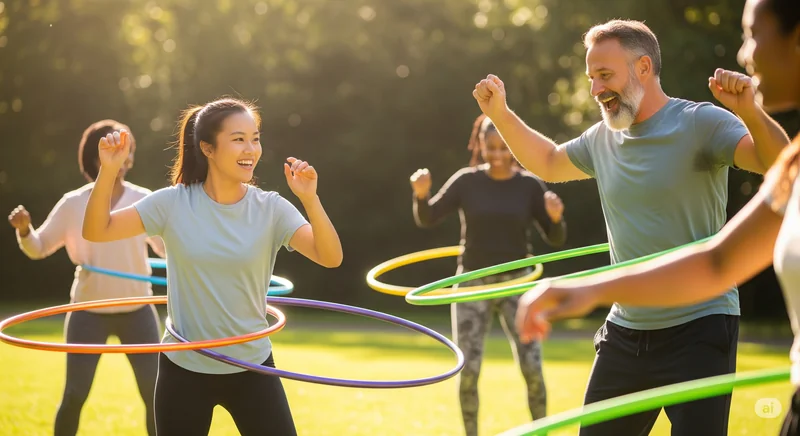
Often seen in the toy section, hula hoops have become a popular fitness tool, and for good reason! The hula hooping benefits are impressive, making it a fun and effective way to get your body moving.
- Burns Calories and Body Fat: Hula hooping is a great way to burn calories, comparable to other dance aerobic activities like salsa. A 30-minute hooping session can burn a significant number of calories. If you use a weighted hula hoop, it can be especially effective at reducing inches around your waist and hips and decreasing body fat percentage.
- Boosts Cardiovascular Fitness: Once you find your rhythm with a hula hoop, your heart rate will increase, your lungs will work harder, and blood flow will improve. This means you’re boosting your heart health and working in the “aerobic zone”.
- Challenges Your Core Muscles: Keeping the hula hoop spinning around your waist requires constant movement from your hips and strong core muscles. It’s an excellent way to target and train your abdominal muscles, obliques, and hip muscles, leading to a stronger core.
- Improves Balance and Posture: The act of balancing the hoop requires you to maintain stability, which helps improve your overall balance and coordination. This can also lead to better posture.
- Works Lower Body Muscles: It’s not just your core; your legs and glutes also get a workout! The large muscles in your quadriceps, hamstrings, glutes, and calves are all engaged to power the hooping motion, especially with a weighted hoop.
- Provides Instant Feedback on Technique: A unique aspect of hula hooping is the immediate feedback it gives you about your technique and intensity. If your hoop drops or wobbles, it’s a clear sign you need to adjust your movement or put in more effort, acting like a personal trainer.
- Mobilizes the Pelvic Girdle: Hula hooping involves thrusting movements that mobilize your pelvic girdle, which is often affected by sedentary lifestyles. This can improve circulation in that area and potentially address issues related to libido and fertility.
- Stimulates Connective Tissue and Skin Health: The constant movement of the hoop against your body acts like a massage, encouraging your connective tissue and skin to reorganize and become firmer. This can improve skin tone and give you a more toned appearance.
- Fun, Inexpensive, and Portable: Hula hooping is a genuinely enjoyable activity that you can do almost anywhere, whether it’s your living room or backyard. Hoops are also relatively inexpensive, making it an accessible form of exercise.

NEOWEEK 2lb Exercise Hoops for Adults, Adjustable Hoola Weighted Hoop, Detachable Section Soft Fitness Hoop for Weight Loss, Fat Burning, Home Gym Core Workout
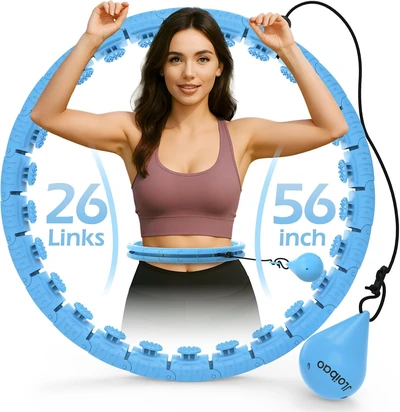
Weighted Hula Circle with 26 Links(56 Inch) for Adults Weight Loss, Infinity Fitness Hoop Plus Size, for Women Smart Exercise Equipment
Benefits of Treadmill Running: A Controlled Path to Fitness

Treadmills are a common sight in gyms and homes, and for good reason. They offer several distinct benefits of treadmill running that make them a popular choice for staying active.
- Safety and Convenience: Treadmills provide a controlled environment, meaning you can run safely regardless of outdoor weather conditions like rain, snow, ice, or extreme heat. You also don’t have to worry about traffic, uneven surfaces, or potholes. This convenience makes it easier to consistently fit exercise into your daily life.
- Easier on Joints: The treadmill belt provides a cushioned surface that absorbs impact, which can be gentler on your joints (knees, ankles, hips) compared to running on hard outdoor surfaces. This makes it a good option for people with joint issues or those new to running.
- Controlled Workout Variables: Treadmills allow you to precisely control your speed and incline. This is particularly useful for specific training like speed work or hill climbs, even if you live in a flat area. You can set your desired pace and stick to it, helping you improve your running cadence.
- Confidence Booster: Treadmills can be a great place to build confidence in your running pace and ability before taking it outdoors. Knowing you can maintain a certain speed on the treadmill can make you feel more ready to achieve that same feat outside.
- Cardiovascular Health: Like all forms of cardio, treadmill running strengthens your heart and improves blood circulation, contributing to overall cardiovascular health.
- Weight Management: Treadmills are effective for burning calories and achieving a calorie deficit, which is essential for weight loss.
While treadmills offer many benefits, it’s worth noting some drawbacks. Running on a treadmill might not engage as many stabilizing muscles as outdoor running because the belt does some of the work for you. Some people also find treadmill running monotonous compared to varied outdoor scenery. For best results, it’s often recommended to combine treadmill workouts with outdoor sessions.
Exercise During Pregnancy: Healthy Mama, Healthy Baby

Pregnancy brings many changes, and while you might feel tired or uncomfortable at times, staying active is one of the best things you can do for yourself and your baby. The benefits of exercise during pregnancy are extensive and can help you feel better, cope with labor, and recover faster afterward.
- Reduces Common Pregnancy Discomforts: Exercise can ease common symptoms like backaches, constipation, bloating, and swelling. Strengthening your abdominal muscles can especially help with lower back and pelvic pain.
- Lowers Risk of Complications: Regular physical activity may significantly reduce your risk of developing certain pregnancy complications, including gestational diabetes (diabetes that starts during pregnancy) and preeclampsia (a type of high blood pressure). It can also promote healthy weight gain during pregnancy.
- Prepares Your Body for Labor and Delivery: Exercise helps improve your overall fitness, strength, and endurance, which can prepare your body for the physical demands of labor and delivery. It can also lead to a quicker physical recovery after childbirth.
- Boosts Mood and Energy: Pregnancy can bring emotional ups and downs. Exercise releases endorphins that can improve your mood, reduce stress and anxiety, and fight fatigue.
- Improves Sleep: Many pregnant women find it harder to sleep, but consistent exercise can improve the quality of your sleep, helping you feel more rested.
- Strengthens Your Heart: Exercise strengthens your heart and blood vessels, helping your body prepare for the increased blood flow demands of pregnancy.
- Pelvic Floor and Abdominal Health: Specific exercises, like Kegel exercises, can strengthen your pelvic floor muscles, which are important for supporting your bladder and uterus, and can help prevent urinary incontinence during and after pregnancy. Strengthening your deep abdominal muscles can also support your spine and ease back pain.
Important Considerations for Exercising During Pregnancy:
It’s always crucial to talk to your healthcare provider before starting or continuing any exercise program during pregnancy. While exercise is generally safe and recommended for healthy pregnancies, certain conditions might make it unsafe.
General Guidelines:
- Aim for at least 150 minutes of moderate-intensity aerobic activity each week, spread over at least three days. This means you should be moving enough to raise your heart rate and start sweating, but still be able to talk normally (not sing).
- If you’re new to exercise, start slowly with as little as 5 minutes a day, adding 5 minutes each week.
- Stay hydrated by drinking plenty of water before, during, and after your workout.
- Avoid becoming overheated, especially in the first trimester. Don’t exercise in very hot or humid weather or do “hot yoga”.
- Wear loose-fitting, comfortable clothing and a supportive sports bra.
- Be mindful of your balance, as your center of gravity shifts during pregnancy.
- Avoid lying flat on your back for long periods, especially after the fourth month, as it can reduce blood flow to your heart and baby.
Safe Activities During Pregnancy:
- Brisk walking
- Swimming and water workouts (aquarobics)
- Stationary bicycling
- Modified yoga and Pilates (prenatal classes are best)
- Low-impact aerobics
- Strength training with light weights
Activities to Avoid During Pregnancy:
- Contact sports or sports where you might get hit in the abdomen (like ice hockey, boxing, soccer, basketball).
- Activities with a high risk of falling (like downhill skiing, horseback riding, gymnastics, surfing, off-road cycling, skating).
- Skydiving or scuba diving (due to pressure changes).
- Heavy weightlifting or exercises involving holding your breath while straining.
- Exercising at high altitudes (above 6,000 feet) if you don’t already live there.
- Activities with jerky, bouncing movements.
Warning Signs to Stop Exercising Immediately and Call Your Doctor:
- Vaginal bleeding or fluid leaking from the vaginal.
- Dizziness or feeling faint.
- Shortness of breath before starting exercise, chest pain, or a racing/pounding heart.
- Headache.
- Calf pain or swelling (could be a sign of a blood clot).
- Regular, painful contractions.
- Muscle weakness or trouble walking.
- Decreased or stopped fetal movement.
Your Journey to a Healthier You
As you can see, the benefits of physical activity are vast and reach every part of your life. It’s not about becoming a fitness expert overnight; it’s about finding what works for you and building consistency. Even small changes, like taking the stairs instead of the elevator or a 10-minute walk, add up and have real health benefits.
Remember, your body is designed to move. So, whether you choose to kickstart your day with the benefits of a morning workout, find joy in the unique bounce of a trampoline, embrace the rhythmic fun of hula hooping, or enjoy the steady pace of treadmill running, the most important thing is to just get moving. You don’t need a gym membership or fancy equipment to start. Pick an activity you enjoy, make it a regular part of your life, and get ready to feel happier, more energized, and healthier than ever before. Your body and mind will thank you!
Sources:
- Benefits of Exercise
https://medlineplus.gov/benefitsofexercise.html - Health Promotion – Discover the benefits of a 10-minute morning workout
https://www.canada.ca/en/department-national-defence/corporate/news/regional-news/western-sentinel/2023/07/10-minute-morning-workout.html - Exercise: 7 benefits of regular physical activity
https://www.mayoclinic.org/healthy-lifestyle/fitness/in-depth/exercise/art-20048389 - Exercise During Pregnancy
https://www.acog.org/womens-health/faqs/exercise-during-pregnancy - Workout Results: 12 Ways Exercise Benefits Your Body
https://health.clevelandclinic.org/benefits-of-exercise - Benefits of exercise
https://www.nhs.uk/live-well/exercise/exercise-health-benefits/ - Benefits of Physical Activity
https://www.cdc.gov/physical-activity-basics/benefits/index.html - Pregnancy And Exercise
https://www.ncbi.nlm.nih.gov/books/NBK430821/ - These 7 health benefits of treadmill workouts will convince you to bring a treadmill at home!
https://www.healthshots.com/fitness/staying-fit/benefits-of-treadmill-workout/ - The Many Health Benefits of Exercising on a Trampoline
https://health.clevelandclinic.org/trampoline-workout-benefits - What to Know About Hula Hoops for Exercise
https://www.webmd.com/fitness-exercise/what-to-know-about-hula-hoops-for-exercise - Benefits of Exercise During Pregnancy
https://www.whattoexpect.com/pregnancy/exercise-benefits - Exercise During Pregnancy
https://americanpregnancy.org/healthy-pregnancy/is-it-safe/exercise-during-pregnancy/ - Exercise During Pregnancy
https://www.hopkinsmedicine.org/health/wellness-and-prevention/exercise-during-pregnancy
Trust in your purchase:
Every product featured on our site has been carefully researched and selected based on quality, customer ratings, and positive reviews to ensure you receive excellent value for your money.
Please note:
This post contains affiliate links. If you make a purchase through these links, we may earn a small commission at no additional cost to you. This helps support our site and allows us to continue bringing you valuable content. Thank you!
Thank you for your precious time spent with NobleHomeRemedies.
You may also like:
Apple Juice for Constipation
Apple Juice for Constipation: Fast and Natural Solution! Dealing with constipation can be uncomfortable and…
What Does a Cavity Look Like
What Does a Cavity Look Like – 10 Best Prevention Efforts Cavities in their beginning…
Black Mold on Window Sills: Removal and Prevention
Black Mold on Window Sills: Removal and Prevention Have you ever noticed the black mold…
Oxytocin Benefits and Side Effects
Oxytocin Benefits and Side Effects You Ever Want to Know Everybody catches the love bug…
Epsom Salt Health Benefits
12 Epsom Salt Health Benefits: Boost Your Body and Mind Epsom salt has been used…
Owala Water Bottle – FreeSip
Staying hydrated is crucial for our overall health and well-being. Yet, with our busy lives,…

